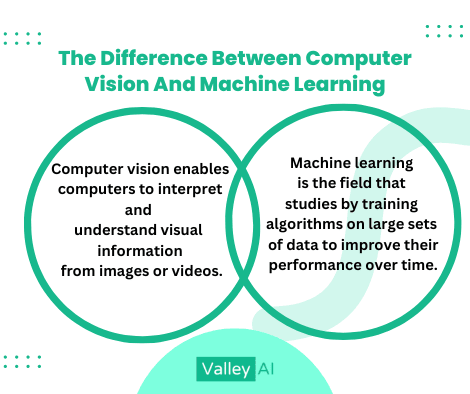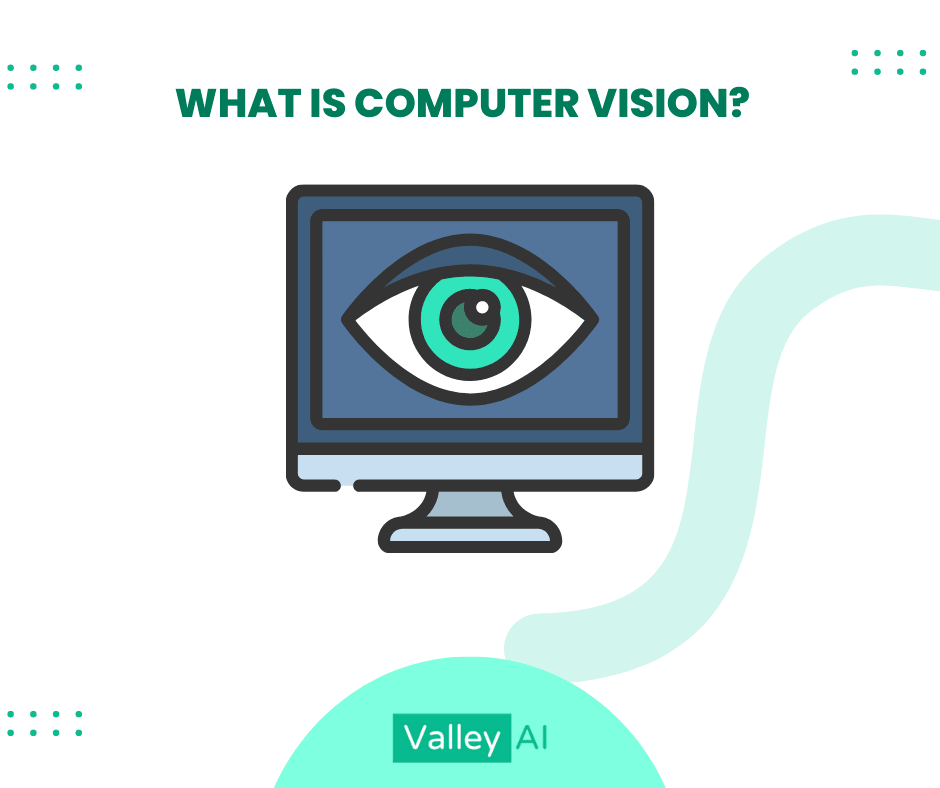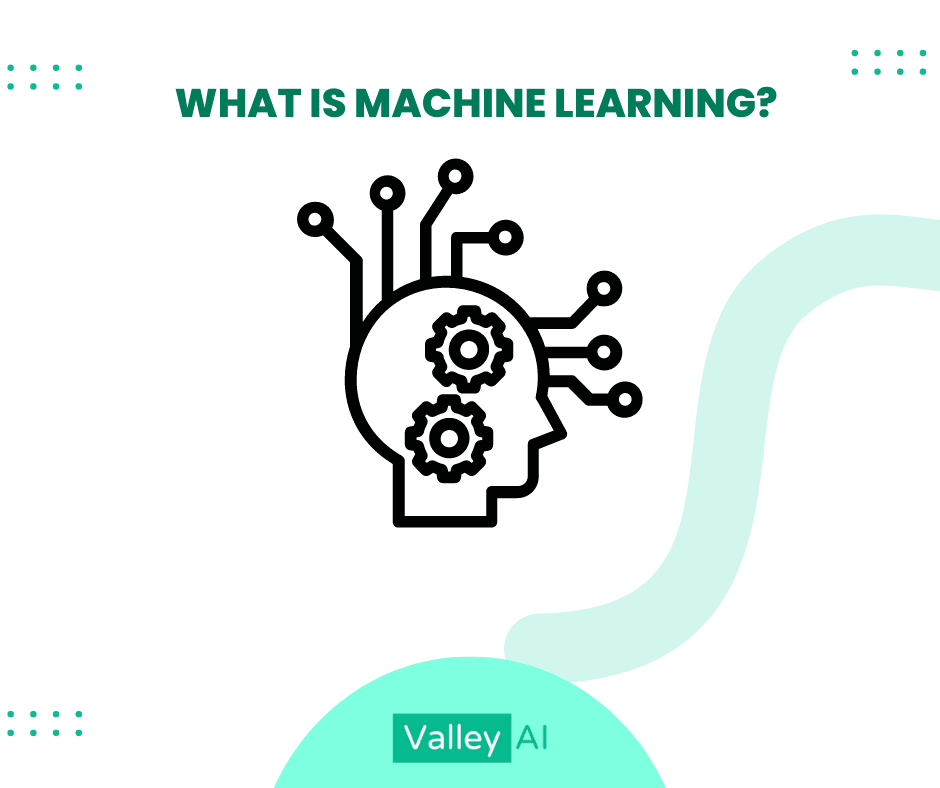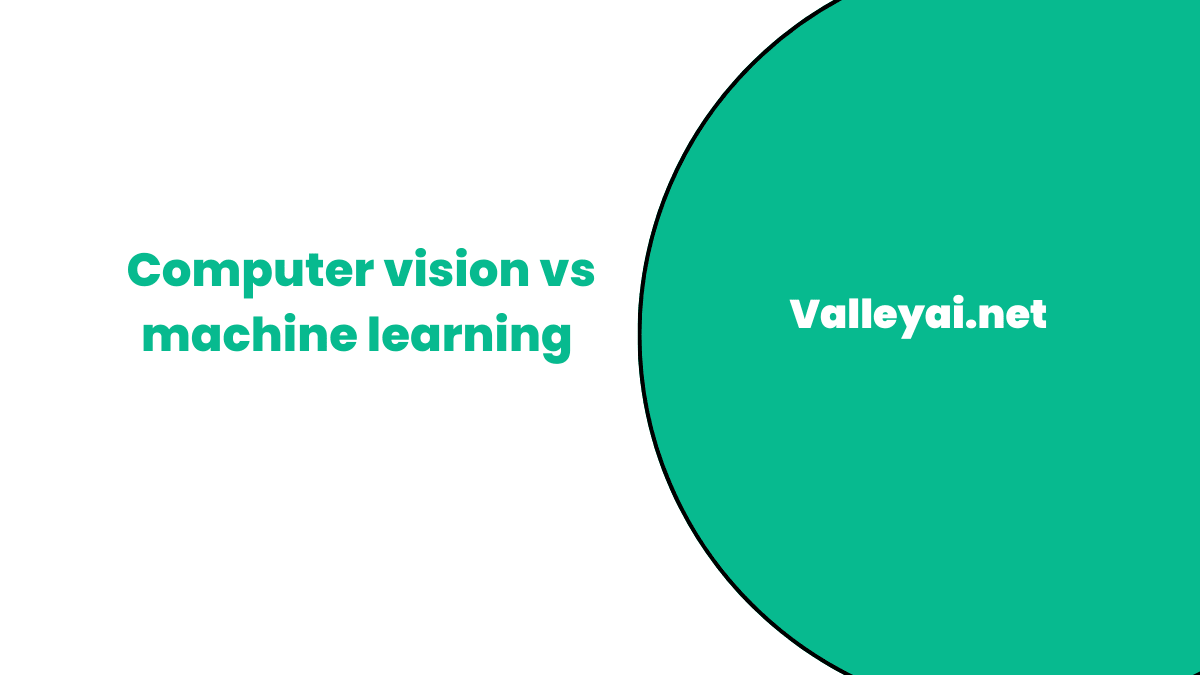Computer vision and machine learning are closely linked, with many of the same research and development teams. They are two of the most important aspects of the field of artificial intelligence.
Both computer vision and machine learning solve problems by using algorithms to find patterns in large sets of data. However, they work in very different ways. They are important because they allow computers to understand what is happening in a scene and make predictions about what will happen next.
If you’ve studied computer science, chances are you’ve come across at least one of these terms: AI, big data, machine learning, or algorithms. These terms are commonly used in conjunction with different technologies, programs, and industries.
Computer vision and machine learning are two modern fields of AI may seem like they have a lot in common, but there are some important distinctions between them as well.
This article outlines the key differences between these two AI subfields so you can be equipped with the right knowledge.
What is the key difference between computer vision and machine learning?

Computer vision is the process of using a computer to interpret a digital image, convert it into a machine-readable format, and extract information from it. On the other hand, Machine learning is the field that studies algorithms trained on large sets of data to improve their performance over time.
Machine learning algorithms are used in many applications and fields, including computer vision. However, machine learning does not necessarily involve visual data.
What is computer vision?

Computer vision deals with how computers interpret digital images or videos, including the steps involved in extracting information from these images or videos for use in applications. This technology is used for tasks such as object recognition, speech recognition, and face recognition.
By trying to replicate how human vision works, computer vision researchers are able to understand what’s in pictures. Computer vision uses two different technologies: deep learning and convolutional neural networks.
Read also: Deep learning vs machine learning difference
Artificial intelligence can be used to help humans in many different areas of life, like robotics. But one of the biggest challenges is that these technologies need to understand visual information.
Computer vision systems need visual information to function. Another reason why it is difficult to create a computer vision system is that the visual world is really complex.
There are three steps to computer vision technology:
Image acquisition: Image acquisition involves capturing an image of the object you want to study.
Image processing: Image processing involves turning the raw data from the camera into something that the computer can understand and use for analysis.
Image interpretation: Image interpretation involves using the processed data from the camera to make a decision about what is happening on your screen.
Read also: Vital Role Professionals Play In Image Annotation
How does computer vision work?
Computer vision is the process of extracting information from digital images. This information can be used to identify objects, people, and other objects in an image.
Objects can be represented as digital pictures, videos, or other forms of data. By understanding how these data are structured, computers can identify and distinguish between different objects.
The most common form of computer vision is extracting features from images, which is what we use to identify objects in images.
Computer vision tasks
One of the main reasons why computer vision is so successful is that it can be used for tasks where other technologies are not as effective. Computer vision Performs different tasks:
- Basic image recognition.
- scene classification, image segmentation
- Enhanced image quality through deep learning.
- Deals with Object detection, and face detection.
- Optical character recognition.
- understanding of digital images using image data.
- 3D reconstruction.
What are some applications of computer vision?
Computer vision applications are vast and diverse. They include:
- Facial recognition systems, image recognition
- Driverless cars
- Virtual reality headsets
- 3D shape data image mapping
- Autonomous vehicles
- Agriculture – Online monitoring and real-time disease tracking are key to sustaining the growth of plant stocks and decreasing losses.
What is Machine Learning?

Machine Learning deals with computers and software that can learn from data, identify patterns, and make predictions. It is a process of learning from data by using algorithms to analyze it.
This can be very powerful because it means that computers can learn from new data without having to be reprogrammed for each new task.
Machine learning can be applied in all sorts of fields such as healthcare, finance, marketing, and customer support. It makes the process more efficient as it does not require human intervention.
The goal of machine learning is to improve the performance of a computer system by adapting it to new data.
There are three main types of ML
Supervised learning: Supervised learning requires labeled training data for teaching the model what is right or wrong
Unsupervised learning: Unsupervised learning does not require any labels for teaching the model what to do next.
Reinforcement learning: Reinforcement learning teaches an agent how to act optimally in an environment by rewarding it when it does well and punishing it when it does not do well.
How does machine learning work?
Machine learning technologies are used for many purposes, such as classification, prediction, and forecasting.
The first step in machine learning is to set up a machine learning model. This model might be an algorithm or mathematical equation that describes how data changes over time, or it might be an abstraction of some process like a neural network that has been trained on many examples of input data. The next step is to give this model some training data which will allow it to learn how to predict outputs from inputs.
It then makes predictions based on new input data and compares them against what we expect the output should be according to our training data. If they match we say that our machine has learned something – otherwise, we need to adjust our model or train it.
Machine learning tasks
Machine learning can be used for a number of tasks:
- Natural language processing: Machine learning can be used to understand human language by analyzing text data.
- Supervised learning: The algorithm trains on a set of training data, where it’s told which features to look for. If the algorithm finds a pattern recognition in this data, then it’ll be able to generalize that knowledge to unseen data sets as well.
- Unsupervised learning: The algorithm doesn’t have any pre-determined patterns; instead, it relies on the learner itself (i.e., human intelligence) to find patterns in unlabeled data sets.
- Recursive learning: This algorithm goes a step further than unsupervised learning by actually having the computer learn from itself. After a machine has figured out how to solve a task using one set of training data, it can repeat that process with different sets of data until it succeeds.
What are some applications of machine learning?
Some applications of machine learning are:
- Spam filters – these use machine learning to identify and block spam messages.
- Data mining – This application is used for understanding and exploring large datasets.
- Machine translation – uses machine learning to translate text or speech between languages.
- Recommendation engines – these use machine learning to recommend related information based on previously collected data.
- Clustering: These are techniques that group data into clusters of similar items. Cluster analysis is used in many contexts, including market segmentation and visualization of clustering in a map.
- Classification: These are techniques that classify an input as belonging to one or more classes.
What are the challenges in computer vision and machine learning?
The challenge in computer vision is that the algorithm cannot identify objects in a scene. For instance, if there is an object that is not labeled, it will not be able to identify it. This can be solved by labeling all objects in the scene, but this may take a lot of time and effort.
The challenge in machine learning is that it requires a lot of training for algorithms to learn how to do things. For instance, when training a machine learning algorithm to recognize images, you need to feed it tons of images and tell it what they are. This process may take a long time and may not always work as expected.
Conclusion: The Future of Computer Vision & Machine Learning
I hope you understand computer vision vs machine learning difference. We have seen how computer vision and machine learning have evolved in the past few decades. And it is clear that the future of this field is promising.
Computer Vision and Machine learning are the most important aspects of the AI landscape. They have already boosted the state-of-the-art levels in accuracy and performance in many tasks, like image classification, object detection, and image segmentation.
The current applications of computer vision and machine learning are already making our lives easier. And with the development of these technologies, we will see even more exciting applications in the near future.
FAQs on machine learning and computer vision
A wide variety of industries are using both technologies and they have enormous benefits in the real world. This is all done by high-performance computing and the internet we need to thank them also. Let’s see some questions and their answers related to both.
Is computer vision a part of machine learning?
Yes, computer vision is a part of machine learning. Computer Vision is the process of image analysis and understanding digital images. This includes taking in static images as well as recognizing patterns within moving images. Machine learning uses computer vision to improve its ability to make predictions based on data and meaningful information.
What are some applications of NLP in Computer Vision?
Some applications of NLP in computer vision, include object recognition, text translation, sentiment analysis, and dialogue systems. It helps to improve the accuracy and fluency of user interactions with computers by facilitating optimal communication between humans and machines.
Should I learn machine learning or computer vision first?
The best way to learn machine learning or computer vision depends on your individual skills and experience. However, if you are new to either field and want to get started quickly, I recommend starting with introductory courses that focus on providing a basic understanding of these technologies.
Admin
My name is Kaleem and i am a computer science graduate with 5+ years of experience in AI tools, tech, and web innovation. I founded ValleyAI.net to simplify AI, internet, and computer topics while curating high-quality tools from leading innovators. My clear, hands-on content is trusted by 5K+ monthly readers worldwide.

